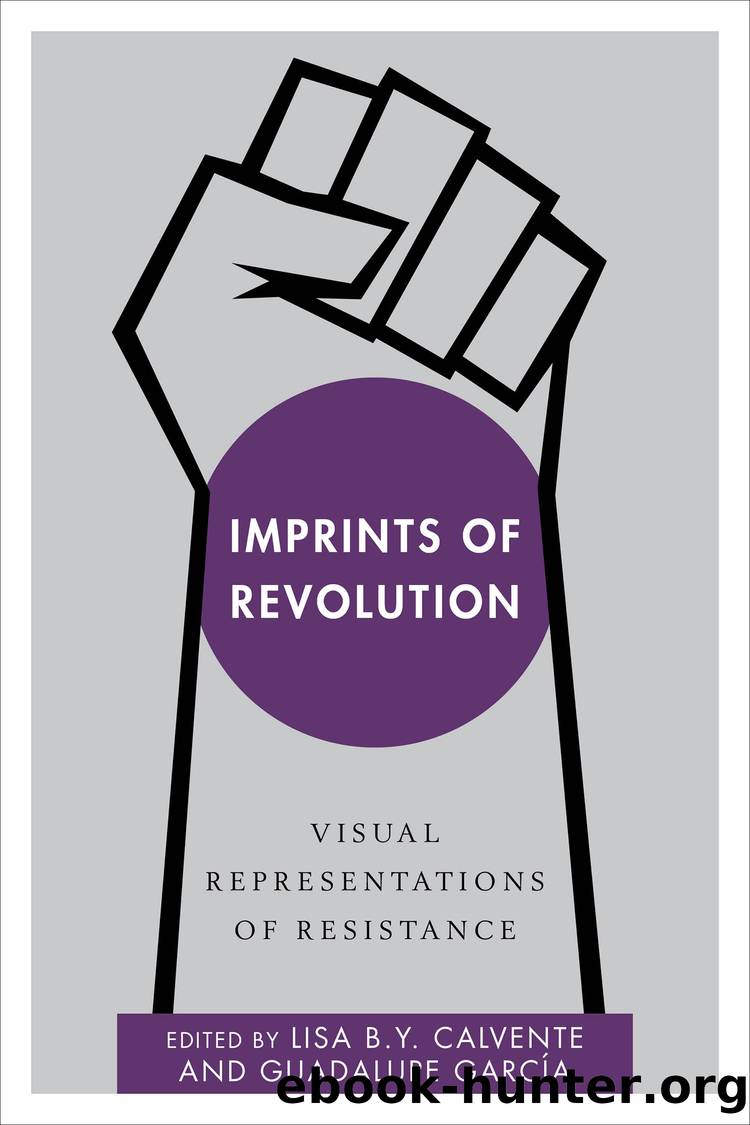Imprints of Revolution by unknow

Author:unknow
Language: eng
Format: epub
Publisher: Rowman & Littlefield Unlimited Model
Published: 2016-03-15T00:00:00+00:00
6
Incas for Sale
Commodified Images of Historical Sites
Silvia Nagy-Zekmi and Kevin J. Ryan Jr.
The word revolution brings up different images depending on the plurality of contexts in which people live. Political, economic, technological, and sociocultural cases of revolution vary from instances of bloody upheaval to peaceful transitions, dystopian nightmares to utopian paradise, and tectonic historical shifts to minor symbolic changes. As such, exploring its polysemy in the semantic field expands the term revolution considerably. Change may be subtle at one time, yet influential in the future of a society. Nonviolent resistance may well be associated with revolution as a catalyst for reshaping the future. Scrutinizing cultural practices associated with nonviolent resistance through a revisionist view of history is our aim in this piece.
More specifically, we shall argue that certain cultural spaces are situated at a crossroads: either they may lead to a revolution beneficial to the masses through the cultivation and support of various forms of cultural agency and cultural exchange or they may provide further subjugation of marginalized groups through evolving forms of economic and social hegemony. We thus plan to examine the difficulty of leveraging heritage and tourist sites as possible loci for cultural agency. According to Baram and Rowan, a tradition of âactive reconstruction of the past toward a specific purposeâ1 is perceivable throughout history, particularly in the construction of nationalist discourses. As things stand, we suggest that tourist sites, while offering a strong potential for cultural agency, are particularly targeted by such discourses that portrayed them as manifestations of the âessenceâ of an indigenous past and need rethinking and restructuring to actually become such loci.
Our arguments are built around the contradiction inherent in the commodification of a site of historical significance.2 In the âbusinessâ of tourism, the mark of capital becomes essential in altering the significance of different cultural signs. Venturing into semiotics and elaborating on the Saussurean sign of signification, we suggest that the tourist is the cultural equivalent to Duchampâs Fountain or Warholâs Brillo Boxes in the art world, for the tourist reorients the meaning of cultural boundaries, just as Warhol and Duchamp reoriented our understanding of the meaning of art.
Starting from a framework in which basic concepts of space and spatiality are called into question, this chapter critically analyzes the commodification of historical spaces, such as monuments or ruins, both in the literal sense of the physical space around specific sites and in the metaphorical sense of the social and historical elements encountered within or mediated through them. A nonexclusive sense of what we mean by âbasic concepts of spatialityâ includes terms such as inside, outside, above, below, between, near, and far. Moreover, space here must be understood in terms of both a physical space and a metaphorical site.
Considering the scope of our inquiry, this chapter focuses in particular on one specific case studyâMachu Picchuâfirst by introducing key background information about Machu Picchu as a historical monument and popular tourist site. Second, in order to scrutinize the cultural meaning of the site
Download
This site does not store any files on its server. We only index and link to content provided by other sites. Please contact the content providers to delete copyright contents if any and email us, we'll remove relevant links or contents immediately.
Harry Potter and the Goblet Of Fire by J.K. Rowling(3025)
Unfinished: A Memoir by Priyanka Chopra Jonas(2912)
Never by Ken Follett(2873)
The Man Who Died Twice by Richard Osman(2290)
Machine Learning at Scale with H2O by Gregory Keys | David Whiting(2269)
Fairy Tale by Stephen King(2059)
Will by Will Smith(2033)
Rationality by Steven Pinker(1761)
The Storyteller by Dave Grohl(1656)
The Dawn of Everything: A New History of Humanity by David Graeber & David Wengrow(1565)
The Dark Hours by Michael Connelly(1563)
The Stranger in the Lifeboat by Mitch Albom(1529)
Cloud Cuckoo Land by Anthony Doerr(1428)
The Becoming by Nora Roberts(1324)
Friends, Lovers, and the Big Terrible Thing by Matthew Perry(1324)
Einstein: His Life and Universe by Walter Isaacson(1312)
Crying in H Mart by Michelle Zauner(1312)
New Morning Mercies: A Daily Gospel Devotional by Paul David Tripp(1305)
A Short History of War by Jeremy Black(1295)
